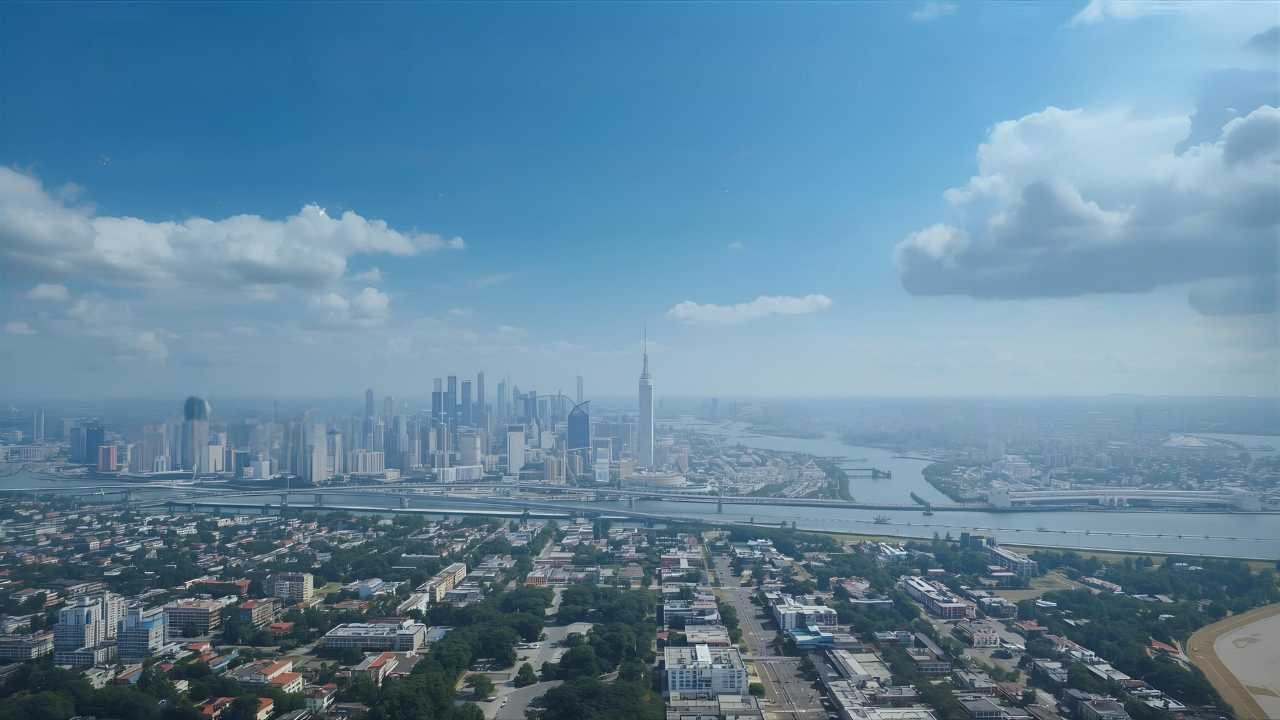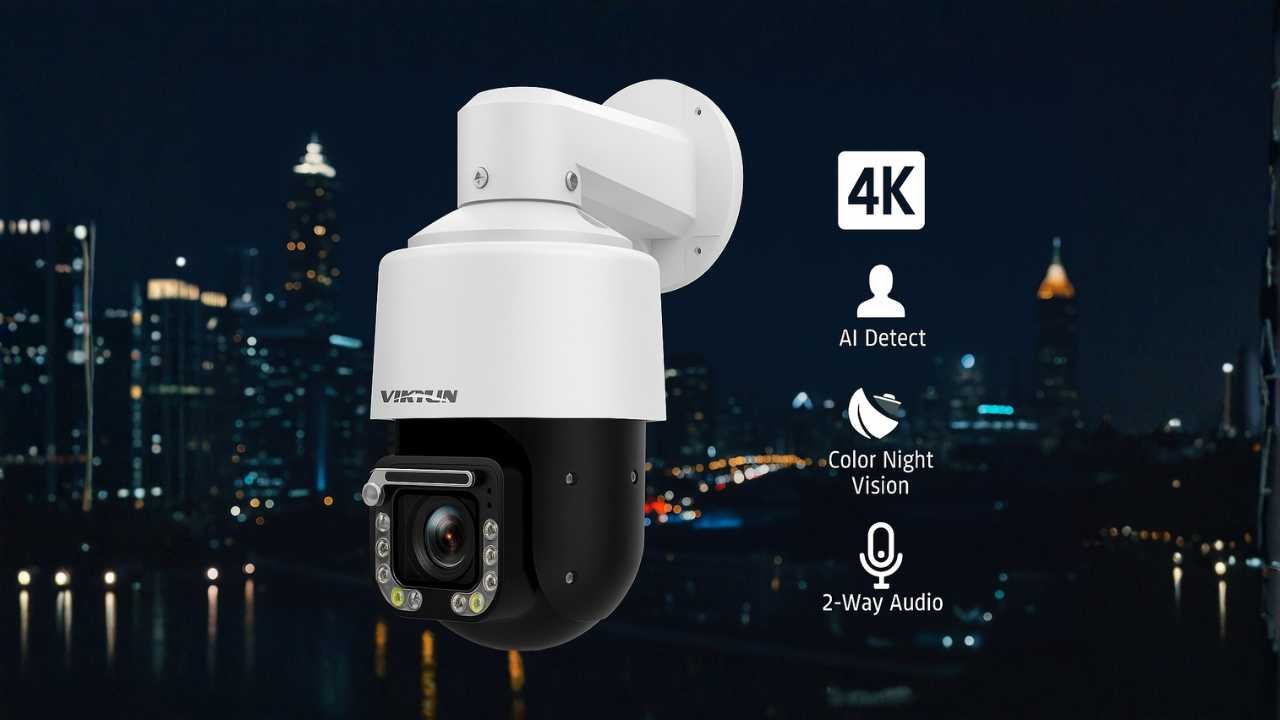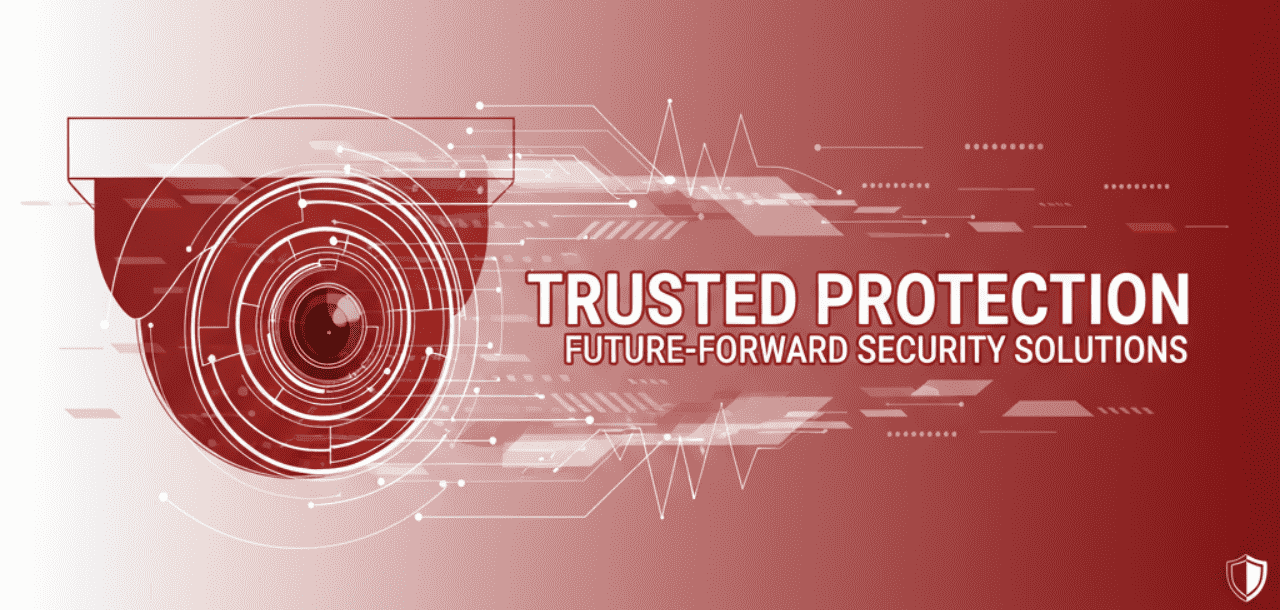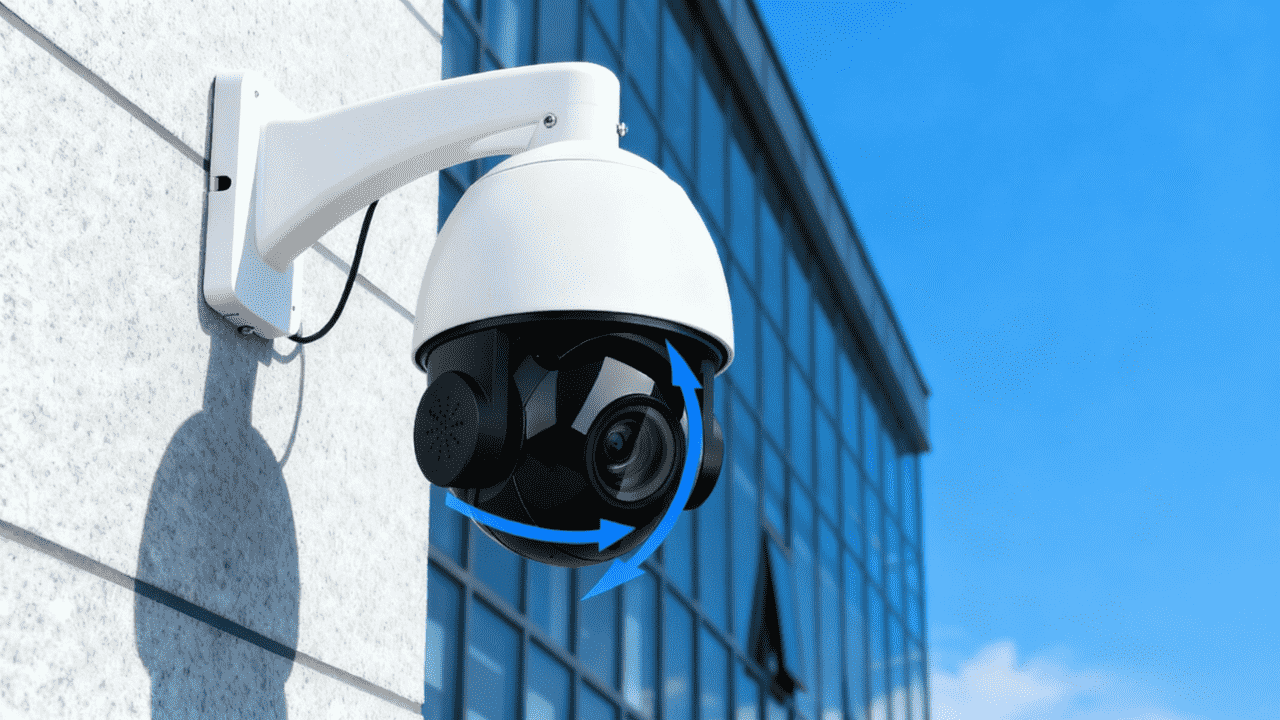As we enter the year 2023, it remains puzzling that despite significant advancements in camera technology, CCTV cameras systems frequently fall short when it comes to delivering high-quality video.
In this article, we will delve into the reasons behind the often subpar video quality of CCTV cameras, shedding light on critical factors that impact their performance. Understanding these factors is crucial for those who rely on surveillance systems for security and monitoring purposes.
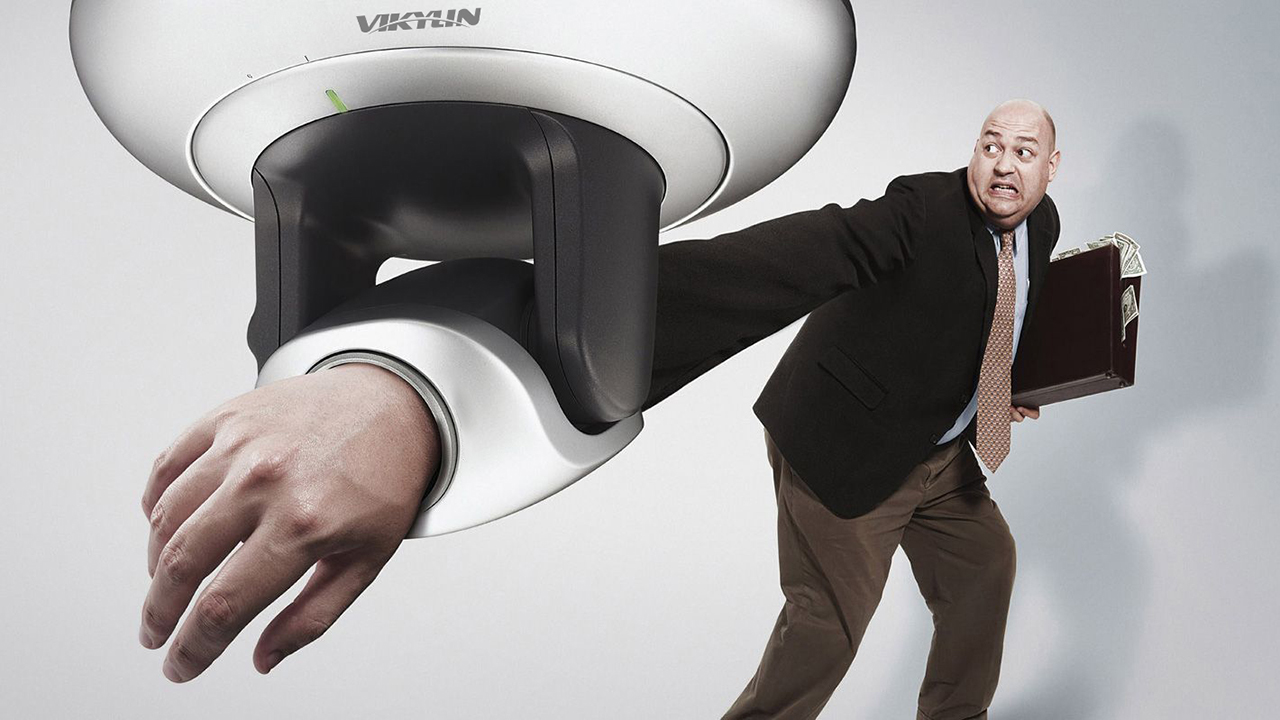
Why Do CCTV Cameras Systems Often Fall Short in Delivering High-Quality Video?
Purpose-Driven Design
It’s essential to recognize that CCTV cameras serve a distinct purpose compared to other modern cameras, like those found in smartphones. While smartphone cameras prioritize capturing high-resolution, crisp images, Home CCTV cameras are specialized tools designed for different scenarios.
Smartphones focus on locking onto specific targets and capturing precisely framed images. In contrast, CCTV cameras are built to capture everything within their field of view indiscriminately. This inherent difference in purpose explains the often grainy quality of CCTV footage, as their primary goal is not to produce aesthetically pleasing images but to document events and activities comprehensively.
The Role of CCTV Cameras
CCTV cameras are not meant to zero in on specific individuals or events in real-time. Instead, they serve as a deterrent and a means of post-incident investigation. The mere presence of surveillance cameras can dissuade criminal activity. The broader the camera’s coverage area, the lower the image resolution typically becomes.
Key Limiting Factors
Several factors contribute to the limitations of security CCTV camera, affecting their video quality:
- Resolution and Compression: security CCTV camera often employ compression techniques that discard frames deemed unnecessary. While this helps save storage space, it can impact video quality. Some newer surveillance CCTV cameras allow users to adjust compression levels to meet their specific needs.
- Placement: Proper placement is essential for camera performance. Cameras must be shielded from harsh weather conditions while remaining visible. Avoiding direct exposure to light sources improves resolution. Mounting the camera at around 9 feet from the ground also enhances image quality.
- Cost: The cost of a camera system varies depending on its intended use. While basic surveillance cameras range from $100 to $600, high-definition cameras, especially 4K models, can be pricier. They also require more storage space due to their larger video files.
- Lens Quality: Many CCTV cameras use low-quality lenses, which can result in distorted and soft images, particularly around the edges of the frame. Limited zoom capabilities further reduce flexibility in camera positioning.
- File Format: High-definition footage demands more data transmission and storage bandwidth. Low-resolution footage is more manageable in terms of bandwidth. The AVI file format is commonly used in home CCTV camera, although manufacturers often implement proprietary versions.
- Cropping: Cropping is employed to focus on relevant areas within footage, eliminating distractions. This post-processing technique can influence the overall video quality.
- Slow Technology Adoption: Basic security needs are often met with low-resolution footage. Higher resolutions don’t necessarily provide significant advantages for typical security purposes, leading to a reluctance to use in advanced cameras.
In Conclusion
The quality of CCTV footage is influenced by various factors, primarily driven by its purpose. Considerations such as camera placement, lens quality, and post-processing affect image quality. When choosing a surveillance camera, it’s essential to prioritize capturing relevant footage over pixel-perfect images, as the deterrent effect and comprehensive coverage remain their primary strengths.
If you’re in need of the right security camera solution for your property, don’t hesitate to reach out to us at VIKYLIN. We can provide expert guidance on selecting the ideal surveillance system to meet your needs.

